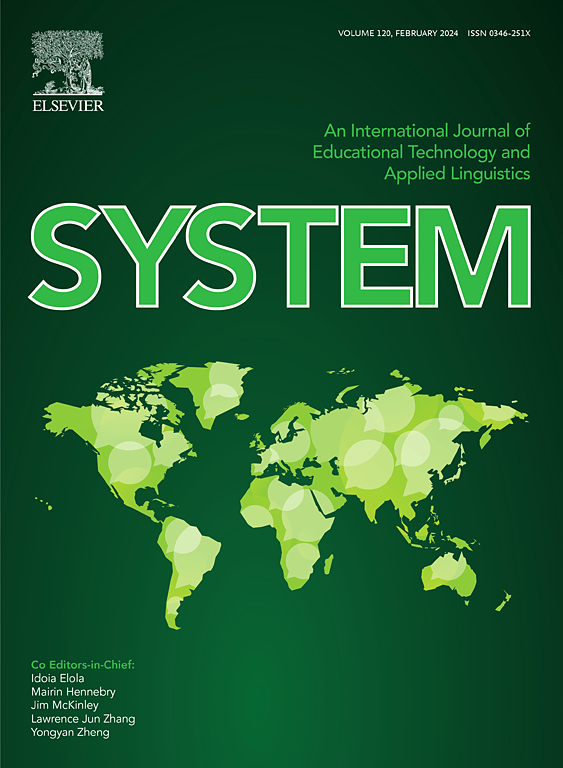Whole-genome resequencing to investigate the genetic diversity and mechanisms of plateau adaptation in Tibetan sheep
IF 6.5
1区 农林科学
Q1 Agricultural and Biological Sciences
引用次数: 0
Abstract
Tibetan sheep, economically important animals on the Qinghai–Tibet Plateau, have diversified into numerous local breeds with unique characteristics through prolonged environmental adaptation and selective breeding. However, most current research focuses on one or two breeds, and lacks a comprehensive representation of the genetic diversity across multiple Tibetan sheep breeds. This study aims to fill this gap by investigating the genetic structure, diversity and high-altitude adaptation of 6 Tibetan sheep breeds using whole-genome resequencing data. Six Tibetan sheep breeds were investigated in this study, and whole-genome resequencing data were used to investigate their genetic structure and population diversity. The results showed that the 6 Tibetan sheep breeds exhibited distinct separation in the phylogenetic tree; however, the levels of differentiation among the breeds were minimal, with extensive gene flow observed. Population structure analysis broadly categorized the 6 breeds into 3 distinct ecological types: plateau-type, valley-type and Euler-type. Analysis of unique single-nucleotide polymorphisms (SNPs) and selective sweeps between Argali and Tibetan sheep revealed that Tibetan sheep domestication was associated primarily with sensory and signal transduction, nutrient absorption and metabolism, and growth and reproductive characteristics. Finally, comprehensive analysis of selective sweep and transcriptome data suggested that Tibetan sheep breeds inhabiting different altitudes on the Qinghai–Tibet Plateau adapt by enhancing cardiopulmonary function, regulating body fluid balance through renal reabsorption, and modifying nutrient digestion and absorption pathways. In this study, we investigated the genetic diversity and population structure of 6 Tibetan sheep breeds in Qinghai Province, China. Additionally, we analyzed the domestication traits and investigated the unique adaptation mechanisms residing varying altitudes in the plateau region of Tibetan sheep. This study provides valuable insights into the evolutionary processes of Tibetan sheep in extreme environments. These findings will also contribute to the preservation of genetic diversity and offer a foundation for Tibetan sheep diversity preservation and plateau animal environmental adaptation mechanisms.利用全基因组重测序研究藏羊的遗传多样性及其高原适应机制
藏羊是青藏高原重要的经济动物,经过长期的环境适应和选择性繁育,已形成众多具有特色的地方品种。然而,目前的研究大多集中在一个或两个品种,缺乏对多个藏羊品种遗传多样性的全面代表。本研究利用全基因组重测序数据对6个藏羊品种的遗传结构、多样性和高原适应性进行了研究,旨在填补这一空白。以6个藏羊品种为研究对象,利用全基因组重测序数据对其遗传结构和种群多样性进行了分析。结果表明:6个藏羊品种在系统发育树上具有明显的分离性;然而,品种之间的分化程度很小,观察到广泛的基因流动。种群结构分析将6个品种大致划分为3种不同的生态类型:高原型、山谷型和欧拉型。对阿加利羊和藏羊的独特单核苷酸多态性和选择性扫描分析表明,藏羊驯化主要与感觉和信号转导、营养吸收和代谢以及生长和生殖特性有关。最后,综合分析选择性扫描和转录组数据表明,居住在青藏高原不同海拔的藏羊品种通过增强心肺功能、通过肾脏重吸收调节体液平衡、改变营养物质消化吸收途径来适应环境。本研究对青海省6个藏羊品种的遗传多样性和群体结构进行了研究。此外,本文还分析了青藏高原地区藏羊的驯化特征,探讨了不同海拔地区藏羊的独特适应机制。本研究为研究极端环境下藏羊的进化过程提供了有价值的见解。这些发现也将有助于保护藏羊的遗传多样性,并为藏羊多样性保护和高原动物环境适应机制的研究提供基础。
本文章由计算机程序翻译,如有差异,请以英文原文为准。
求助全文
约1分钟内获得全文
求助全文
来源期刊

Journal of Animal Science and Biotechnology
AGRICULTURE, DAIRY & ANIMAL SCIENCE-
CiteScore
9.90
自引率
2.90%
发文量
822
审稿时长
17 weeks
期刊介绍:
Journal of Animal Science and Biotechnology is an open access, peer-reviewed journal that encompasses all aspects of animal science and biotechnology. That includes domestic animal production, animal genetics and breeding, animal reproduction and physiology, animal nutrition and biochemistry, feed processing technology and bioevaluation, animal biotechnology, and meat science.
 求助内容:
求助内容: 应助结果提醒方式:
应助结果提醒方式:


